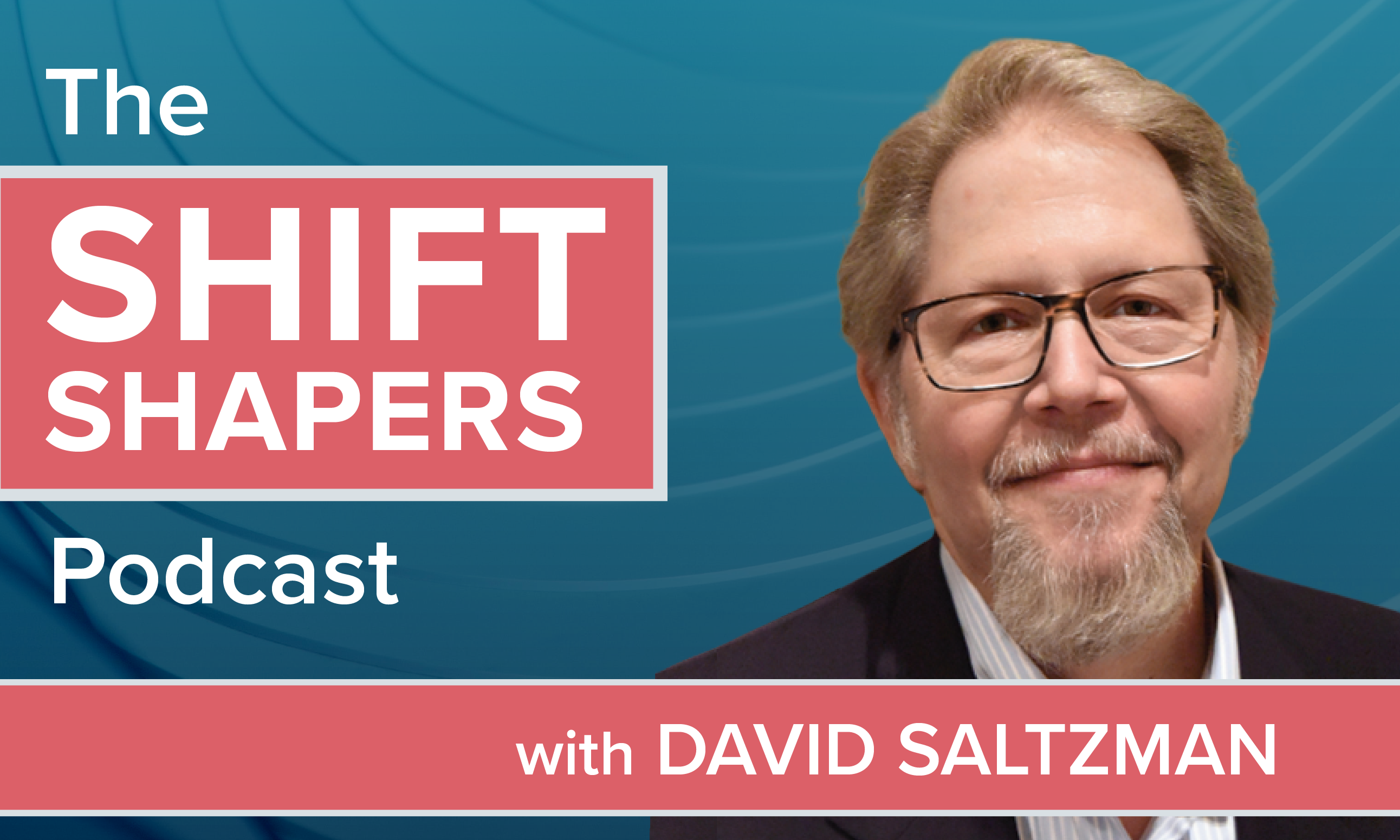 Today's consumers havemore choice than ever when it comes to healthcare benefits. However, research suggests theyare not utilizing those benefits as effectivelyas they could, in large part due to lack ofknowledge and understanding. For third partyadministrators (TPAs) and benefits brokers, understanding where thegaps exist and providing solutions to address them is key to clientsatisfaction and business growth.
Today's consumers havemore choice than ever when it comes to healthcare benefits. However, research suggests theyare not utilizing those benefits as effectivelyas they could, in large part due to lack ofknowledge and understanding. For third partyadministrators (TPAs) and benefits brokers, understanding where thegaps exist and providing solutions to address them is key to clientsatisfaction and business growth.
Health care benefits are complex, and for many employees, hardto fully understand. Endless insurance options, confoundingterminology and acronyms, stringent IRS rules, contribution andspending limits, and other factors all contribute to an oftenperplexing subject. Numerous studies in recent years have foundthat a serious health care benefits education gap exists in ourcountry.
|A 2016 study by Guardian Insurance company foundthat 80 percent of workers claimed to understand their benefits,but when tested, only 49 percent actually did. Another recentstudy from C Space Health found that 35percent of younger consumers have little understanding of thecomparative advantages and disadvantages of their health insuranceoptions. What's more, a 2015 paper by the National Bureau of Economic Researchdemonstrated that employees generally chose health insurance plansthat weren't cost-effective when considered against their actualmedical spending.
|To help TPAs and brokers develop strategies to address theseeducation gaps, DataPath, Inc., conducted a survey in late2019 to assess the causes and determine potential solutions. Theunderlying motivation was to gain clarity around how much healthcare consumers really know about accessing and using theirbenefits, and what factors might be keeping them from becomingbetter informed.
|To gain a better understanding of how health care and benefitseducation impacts consumer decisions, we surveyed hundreds ofpeople from different companies, all of whom either had a flexiblespending account (FSA) or health savings account(HSA).
|Defining thegaps
The survey found that:
- One-third of respondents (33 percent) have avoided going to thedoctor as a result of confusion about their benefits.
- More than half (55 percent) said they often feel confused abouthow their benefits work.
- Nearly 3 out of 4 (70 percent) expressed fear of surprise feesand costs when seeking medical care.
- Although all had a tax-advantaged medical spending account (FSAor HSA), 29 percent of respondents said they rarely check thebalance available for use.
- More than half (55 percent) of survey respondents felt only"somewhat" or "not at all" confident they had made the right choiceduring the annual benefit selection process.
Based on our survey results, as well as our experience workingdirectly with plan sponsors, TPAs, brokers and plan participants,we believe there are several key elements that would help move thehealth care benefits engagement and usage needles in the rightdirection.
|Promoting consumer directed healthcare
As advocates for consumer directed health care, includingflexible spending accounts, health savings accounts, healthreimbursement arrangements, and other employer-sponsored healthcare benefits, TPAs and brokers are the first step toward reducinghealth care costs and delivering higher consumer satisfaction.
|However, consumer directed health care merely begins there.Working with insurance providers to get better group rates andintegrated claims processing is another avenue.
|In addition, promoting health care education can also help notonly with greater FSA/HSA adoption, but also ensure thosetax-advantaged dollars are being maximized. Employees need theconfidence to be their own advocates. That's where a comprehensivebenefits education and engagement strategy come into play.
|Delivering a robust and wide-ranging approach tobenefits education
Both employers and employees look to TPAs and brokers as leadingexperts on health care benefit accounts. As such, you need to beprepared to deliver greater insight. Preparing yourself with asolid plan to educate employees and engage them with their benefitsgoes a long way.
|First, your benefits account strategy should include printedmaterials, email communications, videos, and a social mediastrategy so that you reach as many participants as possible. Thisshould be adopted year round, not just during enrollmentseason. Once enrollment is complete, employees need to know how touse their benefits. You can always tailor your approach todifferent employer groups, if necessary.
|Knowing that educational approaches may differ bygeneration
Remember that today's labor force has four distinct generations,with baby boomers, Generation X, millennials, and Generation Z. Each of thesegroups has different views on media and education. Where boomersand Gen X are comfortable with face-to-face interactions andwritten materials, Millennials and Gen Z are more tech-oriented,preferring digital communication that's within easy reach and keptup-to-date.
|The generations may also seek out slightly differentinformation, with workers over age 50 more interested intax-advantaged tools such as HSAs and FSAs, and millennials andGeneration Z looking into lowest-cost options.
|Using employee engagement programs to encourageparticipation in the plan
Incorporating an employee education and engagement program canpay big dividends. Remember that health care is so complex thatbenefits can be hard to understand for many people. A program thatdelivers digestible nuggets of key information in fun, lightheartedmaterials can help. Blogs, videos, illustrated stories, and socialmedia are great for delivering the "how to" information that isoften not absorbed during enrollment.
|Another piece of the education strategy is to make sure yourclients know how to reach you. Listing your phone, email, andsocial media accounts allows employees to reach you through theirpreferred method of communication.
|Once your participants feel more informed and confident abouttheir choices, account adoption and usage is likely to increase. Inturn, both employer and employee satisfaction will rise. Not onlywill employees make better use of their healthcare dollars, butthey should also be healthier in the long run.
|Bo Armstrong is a national conferencespeaker and author of numerous white papers and articles on thehealth care benefits industry. As DataPath's Chief MarketingOfficer, Bo focuses on identifying emerging market trends withinthe benefits industry and advocating for customers and their needswithin DataPath.
Complete your profile to continue reading and get FREE access to BenefitsPRO, part of your ALM digital membership.
Your access to unlimited BenefitsPRO content isn’t changing.
Once you are an ALM digital member, you’ll receive:
- Critical BenefitsPRO information including cutting edge post-reform success strategies, access to educational webcasts and videos, resources from industry leaders, and informative Newsletters.
- Exclusive discounts on ALM, BenefitsPRO magazine and BenefitsPRO.com events
- Access to other award-winning ALM websites including ThinkAdvisor.com and Law.com
Already have an account? Sign In
© 2024 ALM Global, LLC, All Rights Reserved. Request academic re-use from www.copyright.com. All other uses, submit a request to [email protected]. For more information visit Asset & Logo Licensing.







